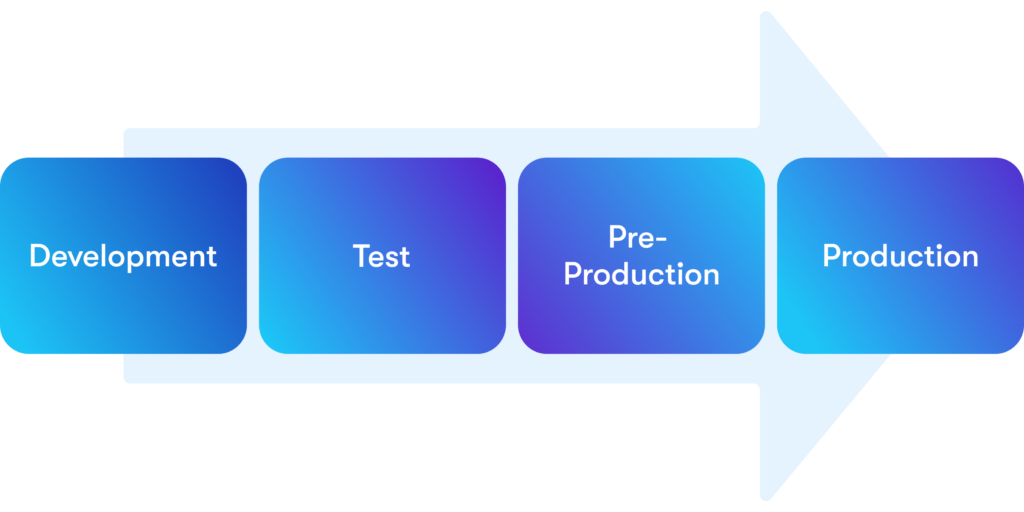The importance of test environments for effective quality assurance

Author
Sabrina SasíaSabrina Sasía is part of the QA Studio at Moove It. With more than 10 years of experience in Quality Management Systems, she contributes to the team with her background in quality assurance, attention to detail, and proactiveness.
Nowadays, software development is characterized by multiple project teams under very demanding schedules. As a result, each work team requires a closed environment that isolates code changes. Test environments have therefore become a critical component for quality assurance professionals and broader software development teams.
Unsurprisingly, here at Moove It, our QA Studio always recommends having a test environment. But it’s not just having an environment which is important – it also needs to be configured and managed correctly for your specific purposes. This is important for the following reasons:
- It ensures that new features/integrations are working properly before starting to use them. This saves your customers and end users hassle and frustration.
- It avoids modifying real information in the production environment.
- It allows updates to the infrastructure (versions of the platform, the operating system or the database), as well as changes to the functionalities, without having to stop the system for long periods of time.
The different environments crucial for software development
A best practice is to keep separate work environments (development, testing and production) to ensure that software is deployed to production in the required time (thus lowering your time to market) and with the desired levels of quality.
In current systems there are different environments:
- The development environment. This is the environment where developers modify the platform to add new features, correct errors, and sometimes do demonstrations.
- The test and QA environment. QA teams use this environment to run unit tests, to review defined requirements, to validate requested changes and configurations needed, and to detect unexpected behaviours, so adjustments can be made.
- The pre-production environment. In cases where the system being updated is already in production, a pre-prod environment is necessary. It is a similar version to the final environment in terms of platform, applications and hardware resources.
- The production environment. This is the environment in which the solution runs and where the actual data is generated and stored.

What does a test environment need in order to be useful?
For a test environment to fulfill its purpose, it needs to follow some basic principles:
- An environment as close to production as possible.
- “Real” data or, failing that, very similar to what we can find in production.
- A database with the same characteristics as the production one.
- That the environment is only for testing, meaning that it does not have development interferences of any kind. If, for instance, the same environment is used for development and testing, functionality errors could affect the testing activities when developers move the new code. In the same way, if the system is already in production and changes are made, the operation of the service may be affected.
It is important that test and production environments are as separate as possible. Under no circumstances, should the test environment or the applications to be tested, damage the production environment. However, these environments must have the greatest possible technical identity. In this way, all requirements and possible problems in the context of the technical implementation can be recognized and resolved during the test. This allows testing under the most realistic conditions possible.
Looking to the future
With the increasing move to faster software development, what the future holds for us at a collaborative level is to enhance integration, continuous deployment and create a much greater level of alignment within the software development lifecycle. For that we need higher levels of collaboration, and the environments where we test to be standardized, allowing us to obtain truly strong and secure tests.


